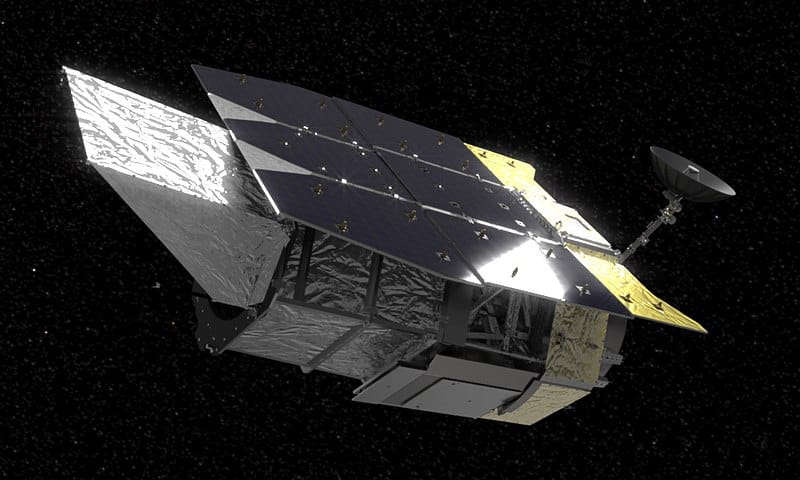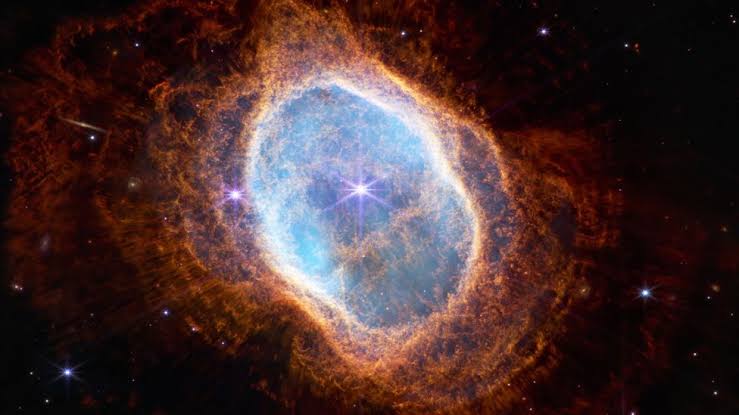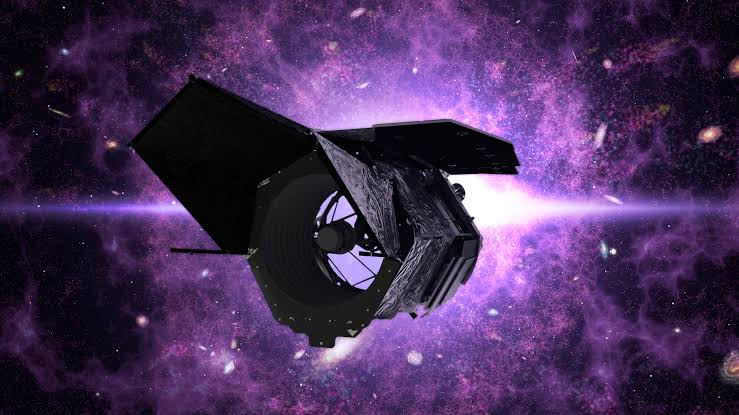NASA’s James Webb Space Telescope (JWST) was one of the most anticipated space telescope programs after the Hubble Telescope. Built at a cost of about 10B $, it was a co-operation between NASA, The European Space Agency and the Canadian Space Agency. JWST has already provided with valuable and some incredible images of galaxies, exoplanets and will provide even more insights about the universe.
But now, scientists have already started working on a new space telescope named Nancy Grace Roman Space Telescope which will be prepared to launch by the year 2027. This telescope will be capable of detecting the light from the first stars and galaxies that formed after the Big Bang, and it will also be able to study the properties of dark matter and dark energy.
NASA is putting a lot of effort into building this new telescope, which is named after the astronomer who played a key role in the development of the Hubble Space Telescope. The Nancy Grace Roman Space Telescope is expected to be a game-changer for astronomers, and it will undoubtedly help us to better understand the universe in which we live.
The Nancy Grace Roman Space Telescope will represent a new era in astronomy and will provide a wealth of new information that will help us answer some of the most pressing questions in astronomy. Marco Sirianni, who is the Science Operations Development Manager at the ESA and working on the project, says that the telescope will provide astronomers a panoramic view of the universe. This will enable astronomers to conduct more statistical studies and gain a better understanding of the universe at large.
Let’s Understand The Difference Between The Hubble, The Jwst And The Nancy Grace Roman Space Telescope:
JWST and The Hubble have provided us with groundbreaking insights about the universe and every small part of space. But according to Sirianni and the other scientists working on these missions, the Nancy Grace Roman Space Telescope is expected to create images that are 200 times larger than those captured by Hubble.

The Nancy Grace Roman Space Telescope can take a full picture of a galaxy in a single shot, rather than capturing multiple shots and stitching everything together like the Hubble. For example, Hubble had to take at least 400 separate images of the Andromeda galaxy and combine them to create a complete picture. With the Roman telescope, such broad views will be captured in a single shot.
JWST is expected to collect about 1000 terabytes of data in just five years, which was already a major improvement from Hubble’s 170 terabytes in 30 years. However, this new telescope will have the ability to gather 20,000 terabytes of data in just five years. This huge amount of data will allow scientists to capture billions of galaxies and create a 3D model of the universe.
Overall, the Nancy Grace Roman Space Telescope represents a significant step forward in our understanding of the universe, with the ability to capture broad views of galaxies and gather vast amounts of data. It is set to be a game-changer for astronomers and scientists alike, unlocking new insights and unraveling the mysteries of the cosmos.

Objectives Of Nancy Grace Roman Telescope:
The main objective of the Nancy Grace Roman Space Telescope is to detect other solar systems using gravitational microlensing. This technique involved uses the magnification of light from a distant star as the background caused by the bending of light due to bending of light due to gravitational field of the star. The foreground star has a planet orbiting it. This planet can also cause a detectable distortion in the light from the background star.
According to Marco Sirianni, this technique will enable the telescope to provide an excellent census of the number of stars with exoplanets, and to determine the nearest stars that have exoplanets. Nancy Grace Roman Space Telescope’s coronagraph will allow it to capture images of Jupiter-like planets with image quality corrections, which will help in identifying Earth-like planets in other solar systems.
The success of the Nancy Grace Roman Space Telescope in detecting exoplanets and characterizing their properties will be a significant step forward in our understanding of the universe and our place within it. By knowing about all these new facts about the universe, we can have a better understanding of what’s around us, be it the new planets and stars discovered, or search for habitable planets or maybe the search for life and pave way for future developments in the field.
Conclusion:
Nancy Grace Roman Space Telescope will be a game-changer in our understanding of the universe. It will enable scientists to unravel the mysteries of the cosmos and answer all the mysterious questions about the universe, with the ability to capture broad views of galaxies, gather vast amounts of data, and detect exoplanets.
By providing a more panoramic view of the universe, this telescope will help researchers study astrophysics in greater detail. As the next revolutionary telescope beyond Hubble and James Webb, the Nancy Grace Roman Space Telescope will usher in a new era of astronomy and pave the way for further exploration of the universe.
